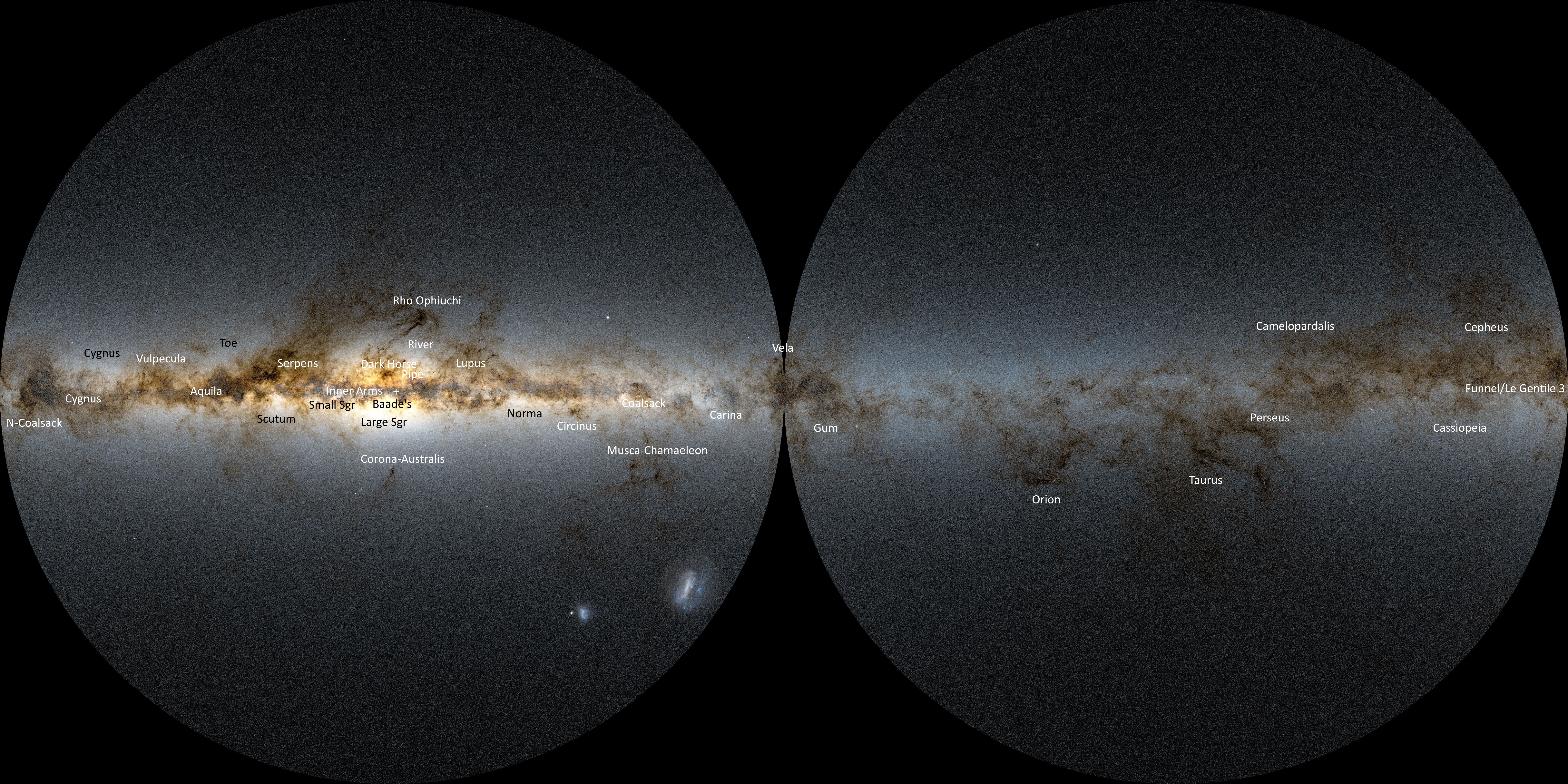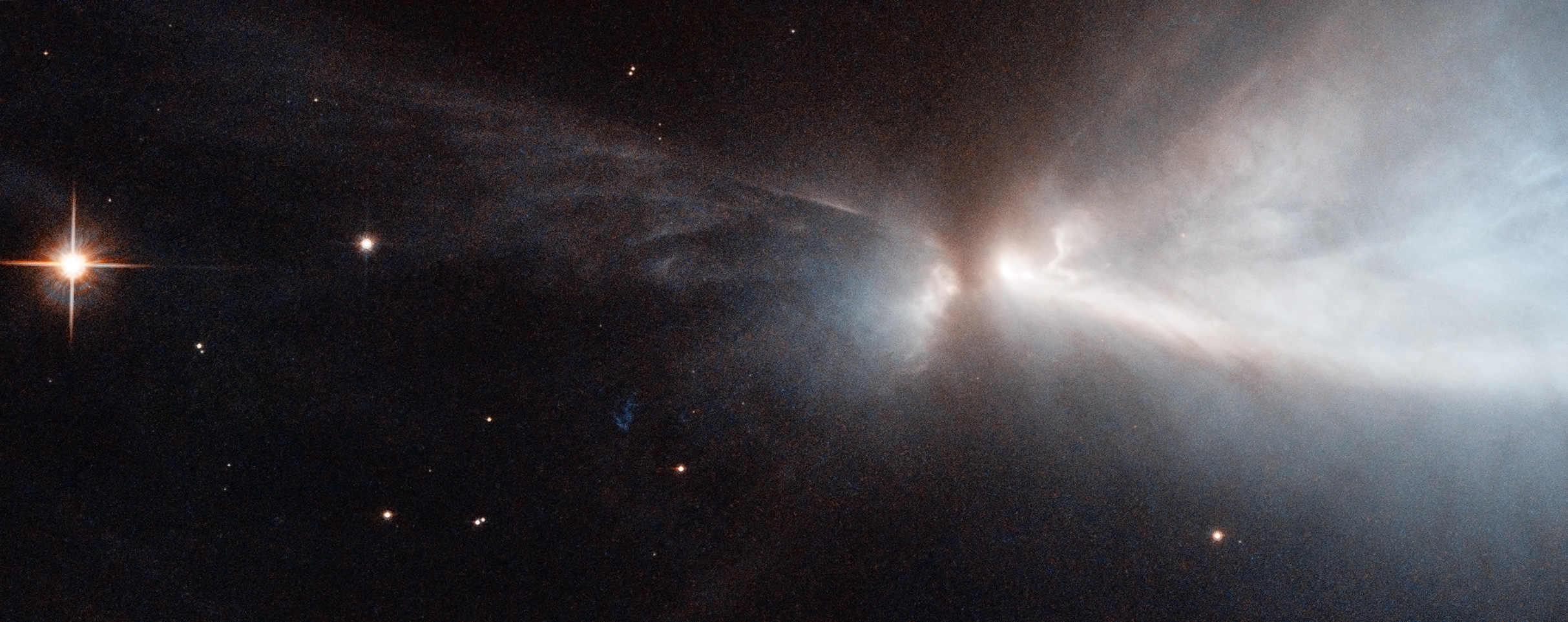|
Dark Doodad Nebula
The Dark Doodad Nebula is a dark nebula near the globular cluster NGC 4372, much closer than the centre of the galaxy and in the galactic plane, having a length of nearly three degrees of arc. Although officially unnamed, this long molecular cloud has come to be known under this name. It can be found in the southern constellation of Musca (the Fly) with strong binoculars. This cloud consists of regions of dense gas and dust, and is one of the closest star forming regions to the Solar System. It was described in ''Sky & Telescope'' as one of the finest dark nebulae—one that is "wonderful, winding, and very definite". Just to the east of the southern end of the Dark Doodad is NGC 4372. It has also been called the Musca nebula and grouped as the Musca-Chamaeleonis Molecular Cloud. History The nebula was catalogued by Aage Sandqvist, astronomer at Stockholm Observatory The Stockholm Observatory ( sv, Stockholms observatorium, 050) is an astronomical observatory and instituti ... [...More Info...] [...Related Items...] OR: [Wikipedia] [Google] [Baidu] |
J2000
In astronomy, an epoch or reference epoch is a instant, moment in time used as a reference point for some time-varying astronomical quantity. It is useful for the celestial coordinates or orbital elements of a Astronomical object, celestial body, as they are subject to Perturbation (astronomy), perturbations and vary with time. These time-varying astronomical quantities might include, for example, the mean longitude or mean anomaly of a body, the node of its orbit relative to a reference plane, the direction of the apogee or Perihelion and aphelion, aphelion of its orbit, or the size of the major axis of its orbit. The main use of astronomical quantities specified in this way is to calculate other relevant parameters of motion, in order to predict future positions and velocities. The applied tools of the disciplines of celestial mechanics or its subfield orbital mechanics (for predicting orbital paths and positions for bodies in motion under the gravitational effects of other bodi ... [...More Info...] [...Related Items...] OR: [Wikipedia] [Google] [Baidu] |
Musca
Musca () is a small constellation in the deep southern sky. It was one of 12 constellations created by Petrus Plancius from the observations of Pieter Dirkszoon Keyser and Frederick de Houtman, and it first appeared on a celestial globe in diameter published in 1597 (or 1598) in Amsterdam by Plancius and Jodocus Hondius. The first depiction of this constellation in a celestial atlas was in Johann Bayer's ''Uranometria'' of 1603. It was also known as Apis () for 200 years. Musca remains below the horizon for most Northern Hemisphere observers. Many of the constellation's brighter stars are members of the Scorpius–Centaurus association, a loose group of hot blue-white stars that appears to share a common origin and motion across the Milky Way. These include Alpha, Beta, Gamma, Zeta2 and (probably) Eta Muscae, as well as HD 100546, a blue-white Herbig Ae/Be star that is surrounded by a complex debris disk containing a large planet or brown dwarf and possible protoplanet. Two ... [...More Info...] [...Related Items...] OR: [Wikipedia] [Google] [Baidu] |
Dark Nebula
A dark nebula or absorption nebula is a type of interstellar cloud, particularly molecular clouds, that is so dense that it obscures the visible wavelengths of light from objects behind it, such as background stars and emission or reflection nebulae. The extinction of the light is caused by interstellar dust grains located in the coldest, densest parts of molecular clouds. Clusters and large complexes of dark nebulae are associated with Giant Molecular Clouds. Isolated small dark nebulae are called Bok globules. Like other interstellar dust or material, things it obscures are only visible using radio waves in radio astronomy or infrared in infrared astronomy. Dark clouds appear so because of sub-micrometre-sized dust particles, coated with frozen carbon monoxide and nitrogen, which effectively block the passage of light at visible wavelengths. Also present are molecular hydrogen, atomic helium, C18O (CO with oxygen as the 18O isotope), CS, NH3 (ammonia), H2CO (formaldehyde), c-C3 ... [...More Info...] [...Related Items...] OR: [Wikipedia] [Google] [Baidu] |
NGC 4372
NGC 4372 (also known as Caldwell 108) is a globular cluster in the southern constellation of Musca. It is southwest of γ Muscae (Gamma Muscae) and west of the southern end of the Dark Doodad Nebula (Sandqvist 149), a 3° thin streak of black across a southern section of the great plane of the Milky Way. NGC 4372 "is partially obscured by dust lanes, but still appears as a large object some 10 arcseconds in diameter," according to ''Astronomy of the Milky Way'' (2004). The cluster has highly peculiar chemistry similar to NGC 5694, being extremely iron-poor yet having super-solar abundances of magnesium and titanium. References External links * NGC 4372at Wikisky at Astrosurf * * {{DEFAULTSORT:NGC 4372 Globular clusters Musca NGC objects, 4372 Caldwell objects, 108b ... [...More Info...] [...Related Items...] OR: [Wikipedia] [Google] [Baidu] |
Molecular Cloud
A molecular cloud, sometimes called a stellar nursery (if star formation is occurring within), is a type of interstellar cloud, the density and size of which permit absorption nebulae, the formation of molecules (most commonly molecular hydrogen, H2), and the formation of H II regions. This is in contrast to other areas of the interstellar medium that contain predominantly ionized gas. Molecular hydrogen is difficult to detect by infrared and radio observations, so the molecule most often used to determine the presence of H2 is carbon monoxide (CO). The ratio between CO luminosity and H2 mass is thought to be constant, although there are reasons to doubt this assumption in observations of some other galaxies. Within molecular clouds are regions with higher density, where much dust and many gas cores reside, called clumps. These clumps are the beginning of star formation if gravitational forces are sufficient to cause the dust and gas to collapse. History The form of molecular ... [...More Info...] [...Related Items...] OR: [Wikipedia] [Google] [Baidu] |
Chamaeleon Complex
The Chamaeleon complex is a large star forming region (SFR) at the surface of the Local Bubble that includes the Chamaeleon I, Chamaeleon II, and Chamaeleon III dark clouds. It occupies nearly all of the constellation Chamaeleon and overlaps into Apus, Musca, Carina and Octans. The mean density of X-ray sources is about one source per square degree. Chamaeleon I dark cloud The Chamaeleon I (Cha I) cloud is one of the nearest active star formation regions at ~160 pc. It is relatively isolated from other star-forming clouds, so it is unlikely that older pre-main sequence (PMS) stars have drifted into the field. The total stellar population is 200–300. The Cha I cloud is further divided into the North cloud or region and South cloud or main cloud. HD 97300 emits X-rays, illuminates the reflection nebula IC 2631 and is one of the highest mass members of the Cha I cloud, spectral type B9V, a Herbig Ae/Be star without emission lines. Cha Halpha 1 is an object of spectral type M ... [...More Info...] [...Related Items...] OR: [Wikipedia] [Google] [Baidu] |
Stockholm Observatory
The Stockholm Observatory ( sv, Stockholms observatorium, 050) is an astronomical observatory and institution in Stockholm, Sweden, founded in the 18th century and today part of Stockholm University. In 1931, the new Stockholm Observatory ( sv, Saltsjöbaden Observatory, 052), nicknamed "Saltis", was inaugurated on the Karlsbaderberget at Saltsjöbaden, near Stockholm, and operated until 2001. There are records of daily weather observations from the observatory going back to 1754. The Stockholm Observatory site at Saltsjöbaden was established with a 40-inch (102 cm) reflecting telescope from Grubb, built in 1931. Also of historical interest is a double telescope by Grubb, the 24/20-inch refractor, with has one 24-inch aperture another 20-inch on the same mount established in 1931. The old observatory is in modern times a museum (Observatory Museum) and because it is on a hill is known for a good view of city of Stockholm from the dome, and it also has some sculptures an ... [...More Info...] [...Related Items...] OR: [Wikipedia] [Google] [Baidu] |
Alice Springs
Alice Springs ( aer, Mparntwe) is the third-largest town in the Northern Territory of Australia. Known as Stuart until 31 August 1933, the name Alice Springs was given by surveyor William Whitfield Mills after Alice, Lady Todd (''née'' Alice Gillam Bell), wife of the telegraph pioneer Sir Charles Todd. Known colloquially as 'The Alice' or simply 'Alice', the town is situated roughly in Australia's geographic centre. It is nearly equidistant from Adelaide and Darwin. The area is also known locally as Mparntwe to its original inhabitants, the Arrernte, who have lived in the Central Australian desert in and around what is now Alice Springs for tens of thousands of years. Alice Springs had an urban population of 26,534 Estimated resident population, 30 June 2018. in June 2018, having declined an average of 1.16% per year the preceding five years. The town's population accounts for approximately 10 per cent of the population of the Northern Territory. The town straddles th ... [...More Info...] [...Related Items...] OR: [Wikipedia] [Google] [Baidu] |
Sandqvist 149 Dark Doodad Nebula 20210708 9600s LRGB
Sandqvist is a Swedish surname. Notable people with the surname include: * Albin Sandqvist, Swedish singer also known by the mononym Albin *Alf Sandqvist Major General Alf Robert Sandqvist (born 27 May 1945) is a retired Swedish Army officer. Sandqvist's senior commands include the Chief of Home Guard and Inspector eneralof the Swedish Army. Early life Sandqvist was born on 27 May 1945 in Othe ... (born 1945), Swedish Army major general * Jonas Sandqvist (born 1981), Swedish footballer {{surname Swedish-language surnames ... [...More Info...] [...Related Items...] OR: [Wikipedia] [Google] [Baidu] |
Musca (constellation)
Musca () is a small constellation in the deep southern sky. It was one of 12 constellations created by Petrus Plancius from the observations of Pieter Dirkszoon Keyser and Frederick de Houtman, and it first appeared on a globe#Celestial, celestial globe in diameter published in 1597 (or 1598) in Amsterdam by Plancius and Jodocus Hondius. The first depiction of this constellation in a Celestial cartography, celestial atlas was in Johann Bayer's ''Uranometria'' of 1603. It was also known as Apis () for 200 years. Musca remains below the horizon for most Northern Hemisphere observers. Many of the constellation's brighter stars are members of the Scorpius–Centaurus association, a loose group of hot blue-white stars that appears to share a common origin and motion across the Milky Way. These include Alpha Muscae, Alpha, Beta Muscae, Beta, Gamma Muscae, Gamma, Zeta2 Muscae, Zeta2 and (probably) Eta Muscae, as well as HD 100546, a blue-white Herbig Ae/Be star that is surrounded by a ... [...More Info...] [...Related Items...] OR: [Wikipedia] [Google] [Baidu] |







